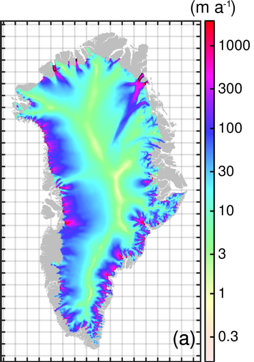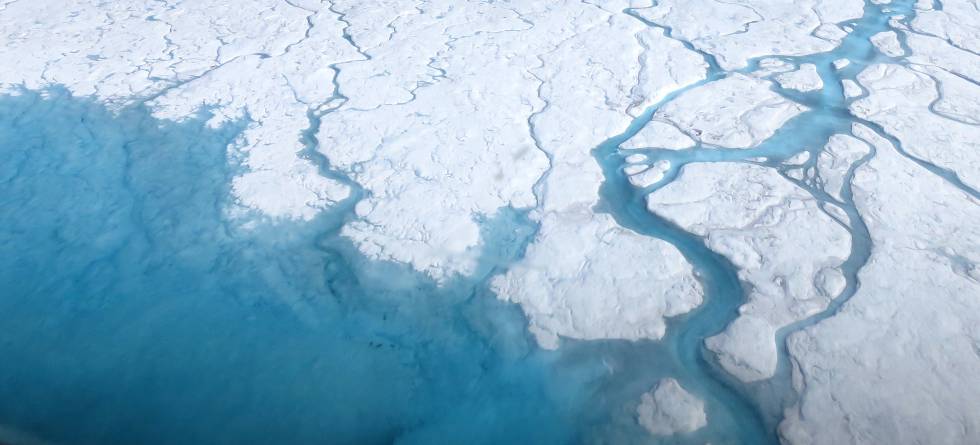Written by Heiko Goelzer from the Bjerknes Centre and NORCE.

This paper is another contribution to the Ice Sheet Model Intercomparison Project for CMIP6 (ISMIP6), which had its main publications released recently.
The study looks specifically at the importance of ice sheet model resolution for future sea-level change projections from Greenland. A driving mechanism for differences is the ability to resolve the bedrock topography, which highly controls ice discharge to the ocean.
Thinning and acceleration of many outlet glaciers propagates further inland in high resolution simulations. Differences in the total projected sea-level contribution by 2100, for the range of tested model resolutions, are only up to 5 percent, which means that our current understanding of large-scale future Greenland ice sheet behaviour is not challenged by the new results.
Nevertheless, the work gives a clear perspective that details do matter: high-resolution simulations — at the limit of what is currently possible — are important to resolve individual outlet glaciers.
Reference
Rückamp, M., Goelzer, H. and Humbert, A.: Sensitivity of Greenland ice sheet projections to spatial resolution in higher-order simulations: the Alfred Wegener Institute (AWI) contribution to ISMIP6 Greenland using the Ice-sheet and Sea-level System Model (ISSM), Cryosphere, 14(10), 3309–3327, doi:10.5194/tc-14-3309-2020, 2020.

